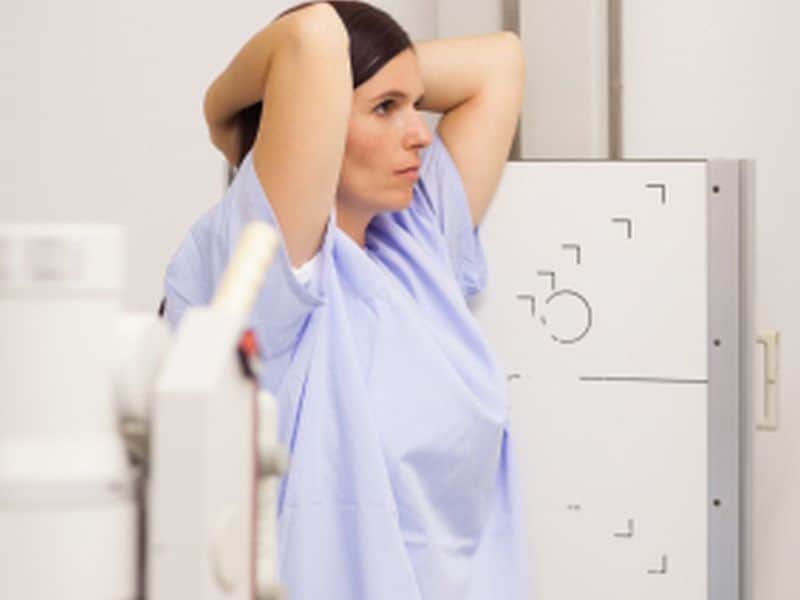About 5% to 10% of women diagnosed with breast cancer present with stage IV disease and have an intact primary breast tumor.
While on the surface this figure appears to account for a small portion of patients with the disease, the clinical scenario still represents thousands of women, making it important to understand which treatments can optimize outcomes and increase survival rates.
Stage IV breast cancer is generally considered incurable, and treatments tend to focus on controlling symptoms and improving length and quality of life. Some research indicates that removing the primary tumor will not benefit patients once the disease has spread, but other evidence suggests that removing primary tumors can prolong survival in various types of advanced cancer.
“Recent data have shown that a small but growing number of patients with stage IV breast cancer are living longer without disease progression,” says Mary C. Schroeder, PhD. As such, it is important to assess differences in survival rates by receipt of initial surgery to the primary tumor.
Outcomes Data
Dr. Schroeder and colleagues had a study published in JAMA Surgery that reported outcomes on stage IV breast cancer patients based on initial treatment to the primary site. The analysis involved more than 21,000 patients who were part of the National Cancer Institute’s Surveillance, Epidemiology, and End Results registry from 1988 to 2011. The authors also described treatment trends over time, survival outcomes by clinical parameters, and characteristics of women who survived 10 or more years.
Results of the analysis showed that the median survival time increased from 20 months to 26 months over the study time period, but the rate of surgery receipt declined during the study. “Patients who received surgery had better survival rates, even after controlling for patient and clinical characteristics,” Dr. Schroeder says.
For women diagnosed with stage IV cancer before 2002, survival of at least 10 years was seen in 9.6% of those who received surgery, compared with a 2.9% rate that was observed among those who did not receive surgery. The following factors were positively associated with survival of at least 10 years:
- Receiving surgery.
- Having hormone receptor–positive disease.
- Younger age.
- Smaller tumor size.
- Being married at the time of diagnosis.
- Having a more recent year of diagnosis.
Adding to Growing Evidence
According to Dr. Schroeder, the study adds to the growing body of evidence on key concepts in caring for women with advanced breast cancer. The study group noted that randomized clinical trials and prospective registries are essential to understanding the underlying causal mechanism between the association of receipt of surgery and improved survival.
For many patients, the emergence of more potent and new targeted therapies may be able to provide better control or even eradicate systemic disease. “Our results should not be viewed as an endorsement to perform surgery on all women with stage IV disease,” says Dr. Schroeder. “We need to identify factors that make patients good candidates for surgery in conjunction with new non-surgical therapies. With more research, the hope is that we’ll optimize our efforts to implement patient-centered care and promote shared decision-making in this patient population.”
Mary C. Schroeder, PhD, has indicated to Physician’s Weekly that she has worked as a consultant for IMPAQ International, which was funded under contract by the Department of Labor, to study workplace leave policies in the United States. She has also received grants/research aid from the NIH, AHRQ, and PCORI.



 PhysWeekly
PhysWeekly